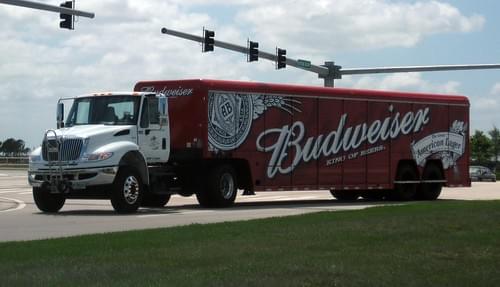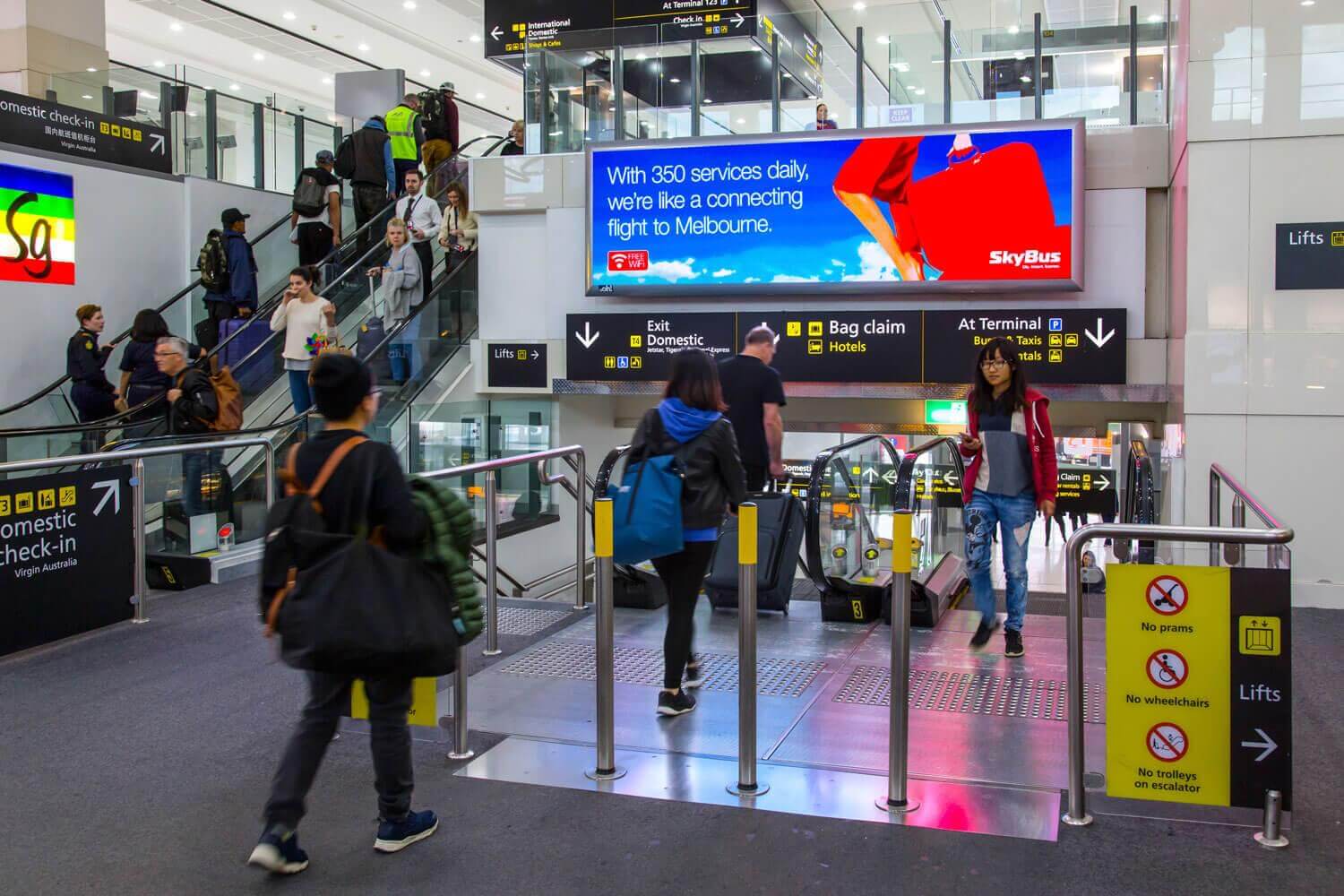
Although two very different spaces and arrangements for advertising, both truckside and airport advertising infiltrate certain out-of-home sectors that draw the attention of many demographics of consumers. While truckside advertising takes place on the roads, seemingly confronting the gazes of drivers, passengers, and pedestrians with its larger-than-life visuals and messages, airport advertising plays it cool in terminals and waiting areas, giving off a valuable advertising moment. How do both work to alert consumers and drive future business? Stay tuned for answers. Whether you’re about to jump into your car or board your next flight, be clear that advertising will have its way of coming along with you on the journey.

How Truckside Advertising Works
Truckside advertising conveys messages and sharp visuals on the sides and on the backs of trucks to get outdoor audiences informed about a company or product line. Using large vinyl sheets to wrap around the base of the vehicle, static truckside advertising has the impact to receive about 50,000 to 100,000 daily impressions. Trucks that are equipped with digital LED screens work as digital mobile billboards to convey more than just a message, but a full visual experience. This signage guarantees a maximum exposure because it can be seen at all hours of the day.
This form of advertising is a favorable option to advertise because it doesn’t just follow one route; it’s mobile and can turn onto different roads at random or set times to increase potential consumer exposure. The fact that truckside advertising isn’t stagnant and has the ability to run around many courses is what makes it an interesting out-of-home experience.
While some advertising campaigns live in outdoor spaces for a short period of time due to sharing billboard space or scheduling factors, truckside advertising has a far greater lifespan as they’re run under private systems that protect the ad’s success. Their performance longevity is another benefit to their advertising run.

How Airport Advertising Works
The average reach for airport advertising is 65% of people, where 75% notice digital ads at airports and 59% agree that airport advertising gives brands a great perception. Airport advertising includes a wide selection of advertising displays such as: backlit displays, wraps and clings, banners, digital, WiFi, and benches/shelters. Airports are a great place to advertise on both a local and regional level, as many frequent fliers are landing home or coming from all over the map. Airports are also hyper-targeted spaces because 100% of the people at one are travellers.
Airport advertising is a part of every traveller’s journey. JCDecaux has compiled a list of 10 reason why it works, which we’ll briefly summarize. Airport passengers are constantly on the lookout and are alerted given the nature of their environment, so airport advertising has the ability to target a receptive and excitable audience. Airport passengers are also, often times, willing to indulge so luxury brands have the distinctive opportunity to place their ads conveniently in airports. Particularly with fliers who travel internationally, the airport is a great place to target high end products to them.
A high population of travellers in airports are there for business reasons, so advertising that reflects their career driven mindsets will be highly beneficial to them. During long wait times to board a flight, passengers tend to look around. Airport advertising engages with these audiences in a place where they’re not necessarily distracted. Brands can communicate to people waiting around a lot easier than they can to people busy and on-the-go.

How Both Can Work Together
Truckside and airport advertising are more similar than some may think. Both advertising channels have the platform to be hyperlocal and targeted to specific groups of people. In the instance of truckside, possibly a particular community or travel route. In the case of airport, potentially a high-powered businessperson. Both channels also use digital signage and LED screens to convey advertising messages. These channels are both able to run all hours of the day, as trucks and airports don’t have a curfew or a bedtime. The fact that truckside advertising and airport advertising have similar effects on their targets clearly shows the cohesion of marketing messages. A marketing campaign showcased at a kiosk at an airport can also live on a mobile billboard. That’s the beauty of expansive advertising.

For an interesting video on how Billy Bishop Toronto City Airport advertises, check out this link.
For more information on truckside advertising and how to drive your business forward in a fast-paced world, check out our work at Movia Media.


